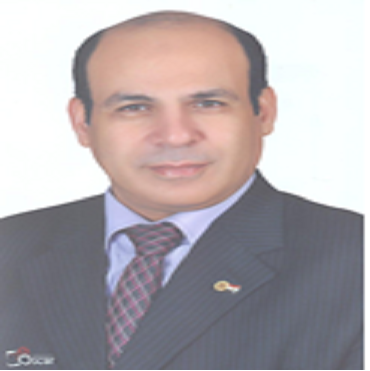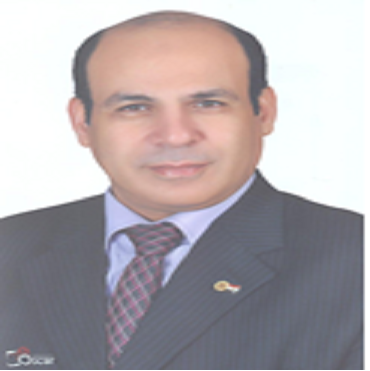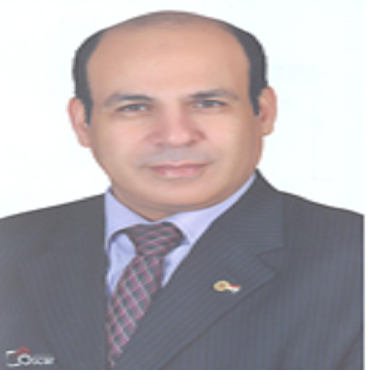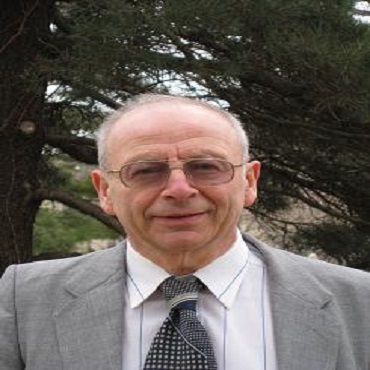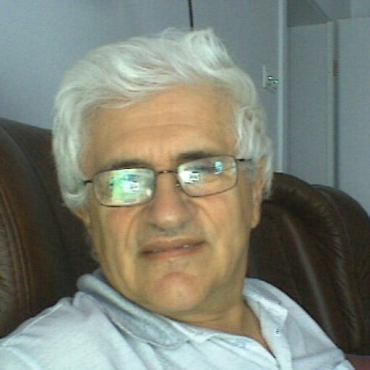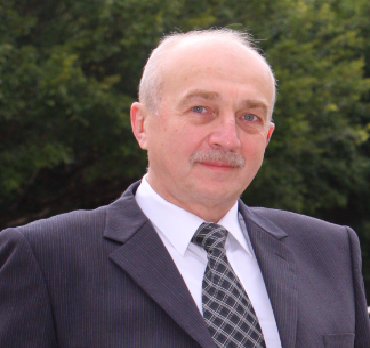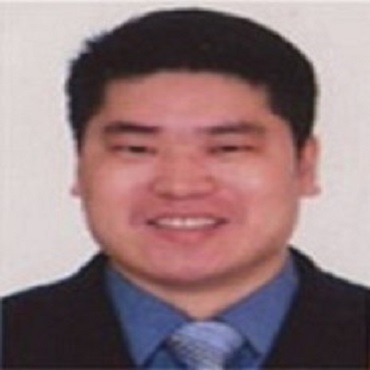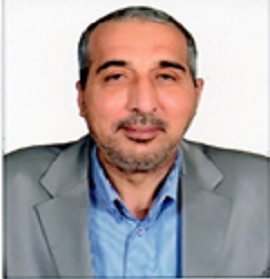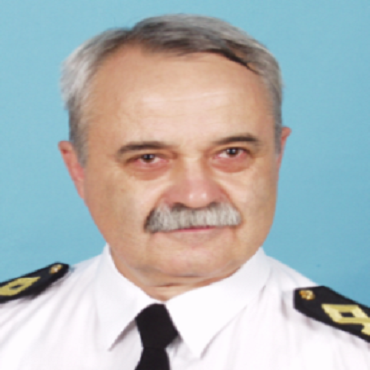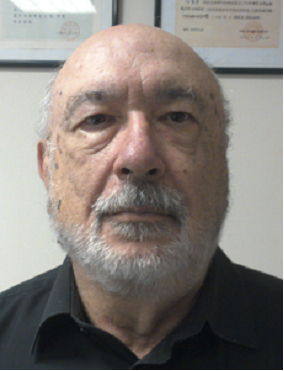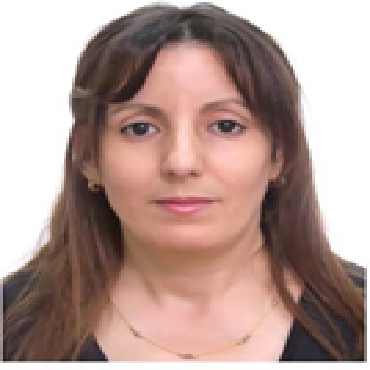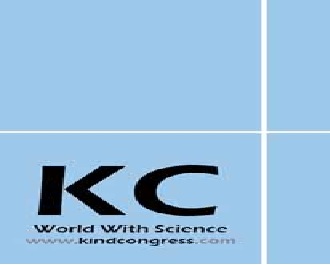
Optical Physics Conference 2019
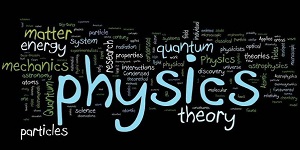
Theme: Exploring ideas in current research and future vision of modern physics.
International Conference on Optical, Atomic and Molecular Physics cordially welcomes the Global audience to participate in the conference which is to be held during December 02-03, 2019 in Berlin City, Germany. The main theme of the conference is “Exploring ideas in current research and future vision of modern physics”. The Scientific Program includes Keynote & Plenary Talks, Video Presentations, Poster Presentations and E-Posters. Furthermore, Oral Communications of Junior Scientists will be considered. It is the goal of the organizers to make this meeting an event of scientific excellence, attractive to both industrial and academic scientists In Optical Physics.
Creating a difference
Optical physics 2019 offers an amazing opportunity to meet and make new contacts in the field of Optical, atomic and molecular physics, by offering joint exertion and break-out rooms with tea and lunch for delegates between sessions with valuable frameworks organization time for you. It enables representatives to have issues tended to on physics by perceived worldwide specialists who are fully informed regarding the most recent advancements in the field of physics and give data on new strategies and innovations.
Atomic and molecular physics is the investigation of atoms and particles and it's likewise the field of specialization in the physical science. Nuclear and atomic material science it the investigation of the properties, elements and associations of the essential (however not major) building blocks of matter. Matter, whatever the states, is made of particles. The properties of all matters are administered by the electronic structure of atom and molecule. They have singular properties like electronic, attractive and optical properties, which are very not the same as the aggregate properties of matter made of particles and atoms. Nuclear, sub-atomic is the investigation of matter and light-matter cooperation; at the scale of one or a couple of molecules and vitality scales around a few electron volts
Atomic and Molecular physics | Optical Properties | Nuclear and atomic material | Elements | Electron volts
Solid materials are comprised of seriously pressed atoms that connect profoundly. These associations build up the mechanical (hardness and flexibility), warm, electrical, attractive and optical measurements of solids. Thinking about the material included and the stipulations in which it was shaped, the molecules might be composed in a normal, geometric example as in crystalline solids, which incorporate metals and customary water ice or unpredictably as in a nebulous strong, for example, regular window glass. The larger part of solid state material science, as a general hypothesis, is focused on precious stones. Chiefly, this is on account of the recurrence of molecules in a precious stone, that is its characterizing trademark encourages numerical displaying. Likewise, crystalline materials have electrical, attractive, optical, as well as mechanical properties that can be utilized for designing applications. The most imperative among them are: Electronic gadgets, for example, mobiles and PCs, Optical gadgets, for example, lasers and fiber optics, Magnet based gadgets, for example, Magnetic Resonance Imaging and vibrating gadgets and Silicon based rationale and memory bits.
Solid materials| Crystaline solids | Solid state material |Fibre optics |Magnetic Resonance Imaging
The physical investigation of galactic articles that discharge electromagnetic radiations of to a great degree enthusiastic wavelengths like X-beam space science, gamma-beam stargazing, and outrageous UV cosmology, think about on neutrinos and vast beams is alluded to as Quantum Astrophysics. The High Energy Astrophysics Division chiefly centers around X-beam stargazing by means of translations of high-vitality sources with gear on board satellites, skyrockets, inflatables, and the Space Shuttle. The Division additionally advances new gear for future space missions to address the physical procedures associated with delivering X-beams, the issue in the Universe and the root, development and a definitive destiny of the Universe. X-beam space science gained fast ground however having short history.
Gamma -beam| Stargazing | UV cosmology| Quantum Astro Physics| X beam
Plasma is a condition of matter separated from solids, fluids and gases. Plasma is additionally called the fourth condition of matter. Plasma is considered and made by supplementing energy to a gas with the goal that a portion of its electrons quit its molecules. This is called ionization. It results in contrarily charged electrons, and decidedly charged particles. The charged particles in plasma will respond fervently to electric and magnetic fields (i.e. electromagnetic fields).If a plasma relinquishes warm, the particles will re-frame into a gas, emanating the vitality which had made them ionize. Plasmas have applications in the drive of rocket and different uses of the plasmas incorporate Plasma handling, Photolithography, Understanding astrophysical marvels and hypersonic flight.
Plasma | Magnetic Fields | Ionization | Electomagnetic fields
Molecule Physics which is likewise called as high vitality material science is the part of the material science that arrangements with the investigations of nature of particles that contains radiation and matter. Starting at now, we are aware of 12 basic particles: six quarks and six leptons. From the current ruling hypothesis clarifying the crucial particles and the fields with their elements is the Standard Model. This model was first created in 1970. The most recent finding by utilizing this model is "Higgs Boson" or likewise called as "God Particle".
Laser is a vigorous wellspring of light having stunning properties which are not found in the usual light sources like mercury lamps, tungsten lamps and so on. The extraordinary property of laser is that it’s light waves travel long separations with very slight divergence. A high scratch of directionality and monochromatic nature is additionally connected with these light bars. The rule of a laser depends on three discrete highlights: Animated outflow inside an opening up medium, an optical resonator, population inversion of electronics.
Mercury lamps| Tungesten lamps| Laser Optics| Optical Resonator
Nano scale Physics is the investigation of a Nano scale framework which is a structure with something like one measurement in nanometer scale. It straddles the contrasts between the molecular and the macroscopic. Nano scale particles are little enough to display imperative attributes of atoms yet are sufficiently extensive for their properties to be proposed and controlled to address human issues. The surfaces have an estimation on nanoscale which is called Nano finished surfaces. Nanoscale structure is most usually called as ultrastructure. Because of the upgraded job of surface atoms with their unpairtwistsand uncompensated bonds; the decreased dimensionality at the nanoscale; and quantum repression as well as coherence effects, Physics at the nanometer scale is hugely not quite the same as that of mass materials.
Nano-scale Physics| Nanometer Scale Particles | Coherence Effects
Limit of a nation to equip nature and furthermore its ability to adjust up to the challenges posed by it is controlled by its aggregate data of materials and its ability to make and convey them for various applications. Propelled Materials are at the center of various creative headways that touch our lives. Electronic materials for correspondence and information advancement, optical strands, laser fibers sensors for insightful condition, imperativeness materials for reasonable power source and condition, light composites for better transportation, materials for key applications and that is just a glimpse of a larger problem. Push materials have a more broad part to play in the best in class future years in perspective of its diverse uses and can be of a more unmistakable help for whole mankind. The overall market of Emerging Smart Materials for conformal covering on equipment grandstand the market is depended upon to create at a CAGR of 7% from 2015 to 2020. In 2015, Asia-Pacific overpowered the overall polyurethanes feature, trailed by Europe and North America. BASF, Bayer, Dow Chemical, Mitsui Chemicals, Nippon Polyurethanes, Trelleborg, Woodbridge are a part of the genuine creators of polyurethanes across over zones. Materials Science gathering is the best stage to trade thoughts and to make new contacts with new individuals and associations over the globe.
Propelled materials| Laser Fibers| Emerging Smart Materials
Experimental Condensed Matter and Materials Physics
The universe of condensed-matter and materials physical science is entering another period. Experimental condensed matter physics and materials physics picks up a crucial comprehension of the properties of materials at the nuclear scale has been a noteworthy objective driving basic research in condensed matter and materials physics beyond the scholarly interest, a significant number of the ongoing major mechanical advances in buyer gadgets are an immediate aftereffect of fundamental condensed matter and materials physics research. Condensed matter and materials physics test look into labs are chipping away at the materials, advancements, and gadgets that we will have the capacity to use later on to make our lives less demanding, more advantageous - and more practical. The focus of condensed matter and materials material science is seeing how underlying laws unfold in the physical world around us. This materials physical science gathering brings Extraordinary research propels in instrumentation are giving access to the universe of atoms and molecules on an exceptional scale.
Condensed matter| Material Physical Science| Nuclear scale| Material Physics
Graphene has risen as ponder material. Just a single particle thick and made out of carbon atoms organized in a hexagonal honeycomb grid structure, the have a great time this material has detonated exponentially since 2004 when it was first detached and distinguished utilizing an extremely basic technique. Researchers have speculated about graphene for a considerable length of time. It has been unexpectedly delivered in little amounts for a considerable length of time, using pencils and other comparable graphite applications and was initially seen in electron magnifying instruments in 1962, yet it was contemplated just while upheld on metal surfaces. Graphene was later rediscovered, separated, and portrayed in 2004 by Andre Geim and Konstantin Novoselov at the University of Manchester. Research was educated by existing hypothetical depictions of its piece, structure, and properties. This work brought about the two winning the Nobel Prize in Physics in 2010 for historic examinations in regards to the two-dimensional material graphene. The worldwide market for graphene achieved nine million dollars by 2012 with the most deals in the semiconductor, gadgets, battery vitality, and composites enterprises. Graphene-based touch board modules have been sold in volume to wireless, wearable gadget and home machine producers. For instance, advanced cell and adornment items with graphene contact screens are now available.
Graphene| Ponder material| Graphite
Atomic Physics is the field of material science which examines nuclear cores and their constituents. Different types of atomic issue are additionally examined. Atomic material science ought not to be mistaken for nuclear physical science, which thinks about the particle in general, including its electrons. Disclosures in atomic material science have prompted numerous applications in various fields. These incorporate atomic power, atomic prescription and attractive reverberation imaging, mechanical and agrarian isotopes and radiocarbon dating. Model: atomic responses incorporate radioactive rot, splitting, the separation of a core and combination, the converging of cores.
Atomic physics| Material Science| Nuclear Physical Science| Isotopes| Radio carbon
Fiber lasers are essentially not quite the same as other laser composes; in a fiber laser the dynamic medium that delivers the laser shaft is really separated inside the fiber optic itself. This separates them from fiber-conveyed lasers where the pillar is simply transported from the laser resonator to the bar conveyance optics. Fiber lasers are currently broadly known on account of its most focusable or most elevated splendor of any laser compose. The basically adaptable idea of fiber lasers has been utilized to scale multimode fiber lasers up to the yield control more prominent than 50 kW and single mode fiber lasers equipped for 10kW in power. Optical imaging is an imaging method that typically depicts the conduct of unmistakable, bright, and infrared light utilized in imaging. Since light is an electromagnetic wave, comparable signs happen in X-beams, microwaves, radio waves.
Fiber laser | Optical imaging | X-beams | Micro waves | Radio waves
MARKET RESEARCH:
The photonics overall market is likely to reach USD 979.90 billion by 2024, it is regarded as one of the Key Enabling Technologies (KETs) in the recent past, leading to the development of new products and services with substantial economic benefits. The broad diversity of devices with photonic-based components is expected to impact the global demand for this technology positively. Photonics, Optics and Lasers are technologically advanced field, being at the lead of innovation and R&D.
Europe is a leading photonics country (with around 40 percent of photonics production), Germany enjoys around eight percent share of the global photonics market. This rises to between 10 and 16 percent in key sectors including production technology, image processing and measurement technology, optical components and systems as well as medical technology and the life sciences. An export quota rate of approximately 68 percent testifies to the international competitiveness of innovative photonics solutions made in Germany. Annual growth of around eight percent in the country’s domestic market in recent years has outstripped GDP and manufacturing growth, with production volume topping the EUR 30 billion mark in 2017. Current market forecasts see Germany’s domestic production value rising to around EUR 44 billion by 2020.
The Germany region is a strong economy, as well as expanding their network communications throughout the world. Billions of dollars investing in Research and Development, Mostly in Lasers and Photonics filed. The Germany offers investment opportunities to wide range of sectors. The most dominant sectors presently include optics, photonics, lasers, logistics and transport, tourism, machinery, iron and steel, chemical and petrochemical, electronics, ceramics and construction materials, (non-metallic minerals), metallurgy, textile and footwear, printing industry, paper and plastics manufacturing. The Germany region’s photonics and laser industries and enterprises are dynamic, deep-rooted and used to competing with other national and multinational markets.
Competitive Advantages:-
-
Strong Economy
-
Expanding Network Communications (Motorways, Trains, Ports, Airports)
-
Investment in Photonics Opportunities
-
Available Industrial Space
-
Strong Financial Environment
-
Excellent Services Industry
-
Growing research and development
Germany brags one of the world’s most thriving and innovative photonics and laser sectors. German companies are world leaders in a number of photonics areas including laser technology, lighting, microscopy, and imaging. As the home to market and technology leaders, Germany is a leading light in a global market that is forecast to be worth EUR 615 billion by 2020. Optical communications market is expected to grow very fast when compared to other markets from $320 million in 2017 to $1.0 billion in 2022 at a CAGR of 26.5% and also optical signal processing market is expected to grow from $68 million in 2017 to $246 million in 2022 at a CAGR of 29.3% .
The media, broadcasting, and telecommunication sector is estimated to be the largest end-use industry for photonics. The industry is growing due to rising demand for optical fibers. Optical fibers are preferred over metallic wires due to greater safety and security. Moreover, optical fibers cater to high speed transmission requirements for 4G, LTE, and FTTx networks. Optical fibers have witnessed an increase in demand due to investments in telecommunications and information technology and new developments in countries such as China, the U.S., India, and Western and Eastern European countries. Mobile phones and personal computing are promoting the use of photonics in the media and broadcasting industry by enabling data exchange using optical fibers.
Photonics Associations in Europe:-
-
SPIE Photonics Europe
-
Nanophotonics Europe Association
-
European Laser Association
-
Photonics PPP - Photonics21
-
European organisation for the development of the science of optics
Target Audience:-
-
Directors of Photonics companies, Production managers, Project managers, Development engineers, Design engineers and Skilled workers
-
Eminent Scientists/Research Professors in the field of lasers, Optics & photonics
-
Junior/Senior research fellows in Lasers, Optics & photonics, Students
-
Photonics Engineers
-
Members of different Lasers, Optics and Photonics associations/societies.
Top Universities in Europe:-
-
The Abbe School of Photonics (ASP)
-
Beuth Hochschule für Technik
-
HTW University of Applied Sciences
-
Technical University of Applied Sciences Wildau
-
Technical University of Berlin
-
Friedrich Schiller University Jena, Germany
-
Karlsruhe School of Optics & Photonics (KSOP)
-
Münster University of Applied Sciences
Meetings International recognizes the commitment and amazing work in all fields of academics and research. By recognizing their contribution; Meetings International inspires and motivates scholars, researchers and academics by awarding the Best YRF and Researcher Awards in all academic disciplines and categories along with other specific awards. These awards include prestigious Certificate of Award with other gifts.
To be eligible for the award Students interested in having their posters considered for the Optical physics 2019 conference, they must have submitted an abstract of their poster to the conference. The award committee will consider all posters that relate to the study of public opinion, whether they focus on theory, substantive findings, research methods, and/or statistical techniques used in such research. All posters will automatically be considered for the Poster award and the posters will take place in the conference venue and Poster Judges will select the best posters. The winners will be formally announced during the closing ceremony. The winners will receive a certificate award.

Outstanding Masters/Ph.D/Post. Doc Thesis work presentation Awards
Optical physics 2019 gives the opportunity to young researchers in the different field of conferences. The best participants are selected as per their research abstract before the conference. If you are a young and dynamic researcher than you can join our conferences to explore new idea and research. A panel of judges will select the best YRF. Best YRF will be recognized publicly at the end of the conference. The Best YRF Award will be given to the most outstanding presentation presented by a participant who has registered under the student category. Undergraduates, Master students, and Ph.D. students will be considered under this category. Selection of the YRF will be made on the basis of the participant contribution in the respective research field each submission will be accepted based on the sessions of the conference. Irrelevant submissions will be rejected. The acceptance and rejection of abstract submissions will be selected by the committee. All submissions will go through a quality checking. Final approved abstract will consider for YRF award.
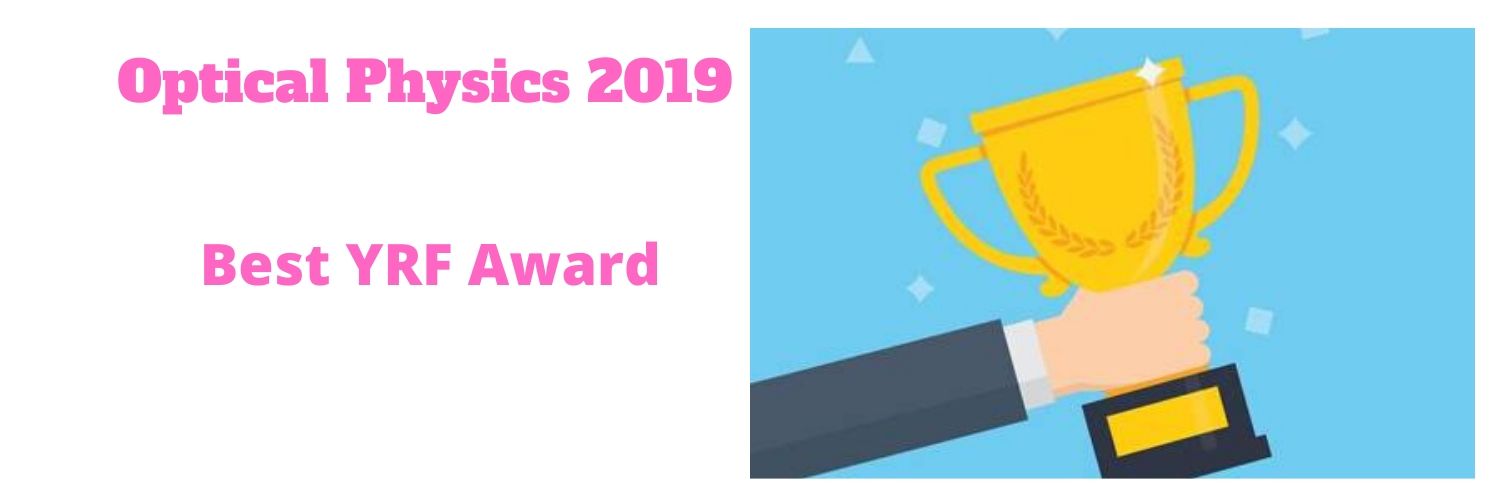
Optical physics 2019 chooses a relevant keynote speaker to speak at conference. All accepted keynote speakers proposals will be considered for the Best Keynote Speaker Award. The committee will select a number of candidates for the award among the accepted proposals. The winner will be selected at the conference, taking into consideration both the proposal and the presentation. Best keynote speaker can help to boost motivation, change their way of thinking and make audience energized and inspired. For Keynote the person should be eminent or highly affiliated like Dean, Professor, HOD, Chair persons, CEO, CFO, MD etc. Selection of the Best Keynote Speaker will be made on the basis of the participant contribution and years of experience in the respective research field. Each submission will be accepted based on the quality of abstract and conference theme. Irrelevant submissions will be rejected .The acceptance and rejection of abstract submissions will be selected by the Organizing committee. All submissions will go through a quality checking. Final approved abstract will consider for Keynote award.

Optical physics 2019 believes in recognising our best speaker. The best speaker is selected as per their research abstract before the conference. All winners are determined by a selection panel. This award is designed to recognise and identify outstanding speakers who have achieved recent extraordinary eminence and success. Being an outstanding speaker means to deliver a message that engages an audience. The outstanding speaker award will also be given on the basis of organization and professionalism of presentation, communication skills of the presenter and appropriate use of time. Each session will be evaluated separately. For speaker the person should be Professor, Researcher, Scientist, Entrepreneur etc. Selection of the Speaker will be made on the basis of the participant contribution in the respective research field. Each submission will be accepted based on the quality of abstract and conference sessions. Irrelevant submissions will be rejected. The acceptance and rejection of abstract submissions will be selected by the Organizing committee. All submissions will go through a procedure of quality checking by our team. Final approved abstract will consider for outstanding speaker award.
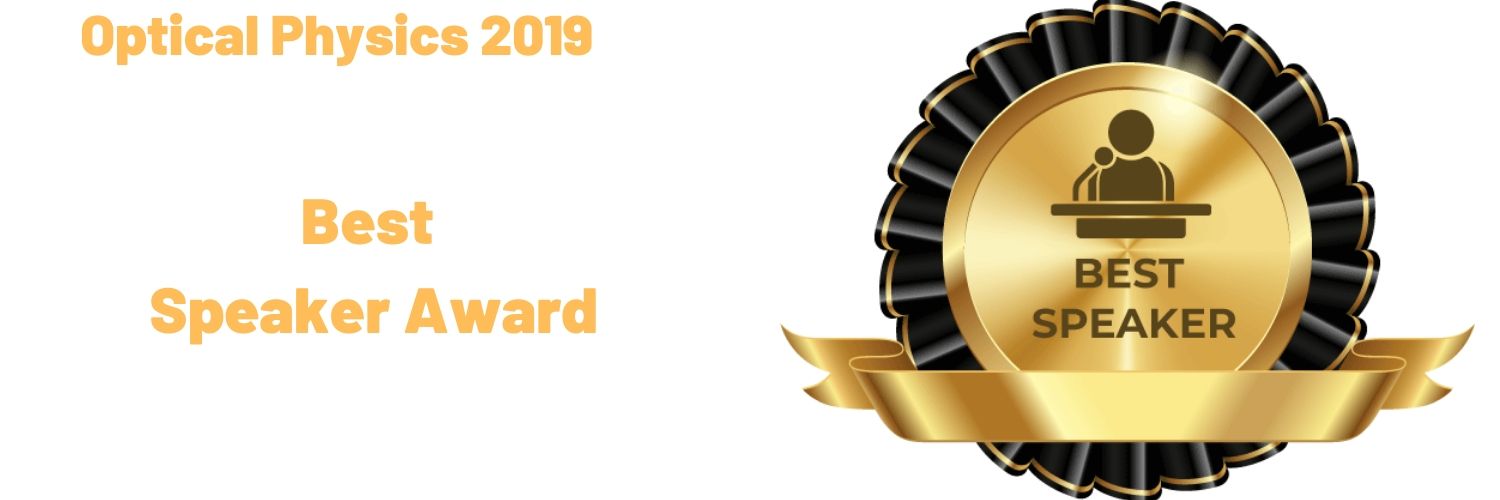
The organising committee can avail in the process of managing the multiple tasks that need to be done. Committee members, having a good erudition of the event management plan, are well placed to provide training, supervision and assistance to other personnel involved in the organisation of the event. Meetings International will honour as a best OCM the individual who has demonstrated their support and guidance throughout the conference. OCM should be eminent or highly affiliated like Dean, Professor, HOD, Chair persons, CEO, CFO, MD etc. Selection of the best OCM will be made on the basis of the participant contribution and years of experience in the respective research field. They must have good number of research papers and citations and should be more number of years of experience.

- Poster Size: Each poster should be approximately 1x1 M long. The title, contents and the author’s information should be clearly visible from a distance of 1-2 feet.
- Content: Use fonts such as Arial/Times New Roman in a reasonable font size that should be easy to read.
- The spacing between the lines should also be taken into consideration.
- A very simple format should be used representing all the details about the research carried by the author.
- Long narrated paragraphs should be avoided.
- Short phrases and bulleted points should be used in the poster to present the main highlights of the work done.
- Only abstracts submitted in English will be reviewed.
- Abstracts must not exceed 500 words (excluding the title, author affiliation and biography)
- Abstract should follow the instructions on the following template (Abstract Template).
- Do not include references or figures in the keynote abstract.
- Abstract should contain biography, photograph and short description about research
- Abstract must contain presenter name, affiliation and country
- Abstract title and abstract content should be relevant
- Atomic and Molecular Physics
- Solid State Physics
- Quantum Physics
- Plasma Physics
- Particle Physics
- Laser Optics
- Nanoscale Physics
- Materials Science and Engineering
- Graphene
- Atomic Physics
- Fiber Laser Technology
- Journal of Physics Research and Applications
- Research Journal of Optics and Photonics
12 Organizing Committee Members
5 Renowned Speakers
Valentiyn A Nastasenko
Kherson state maritime academy
Ukraine
Gerard Gouesbet
Joint Research Center from CNRS, INSA & University of Rouen
France
Hakima Mokrane
Researcher, Expaceo
France
Dario Furnari
Clinical Research Manager,England
Europe
Dag H. Zeiner-Gundersen
Manging Director of Norrønt Fusion Energy AS
Norway


